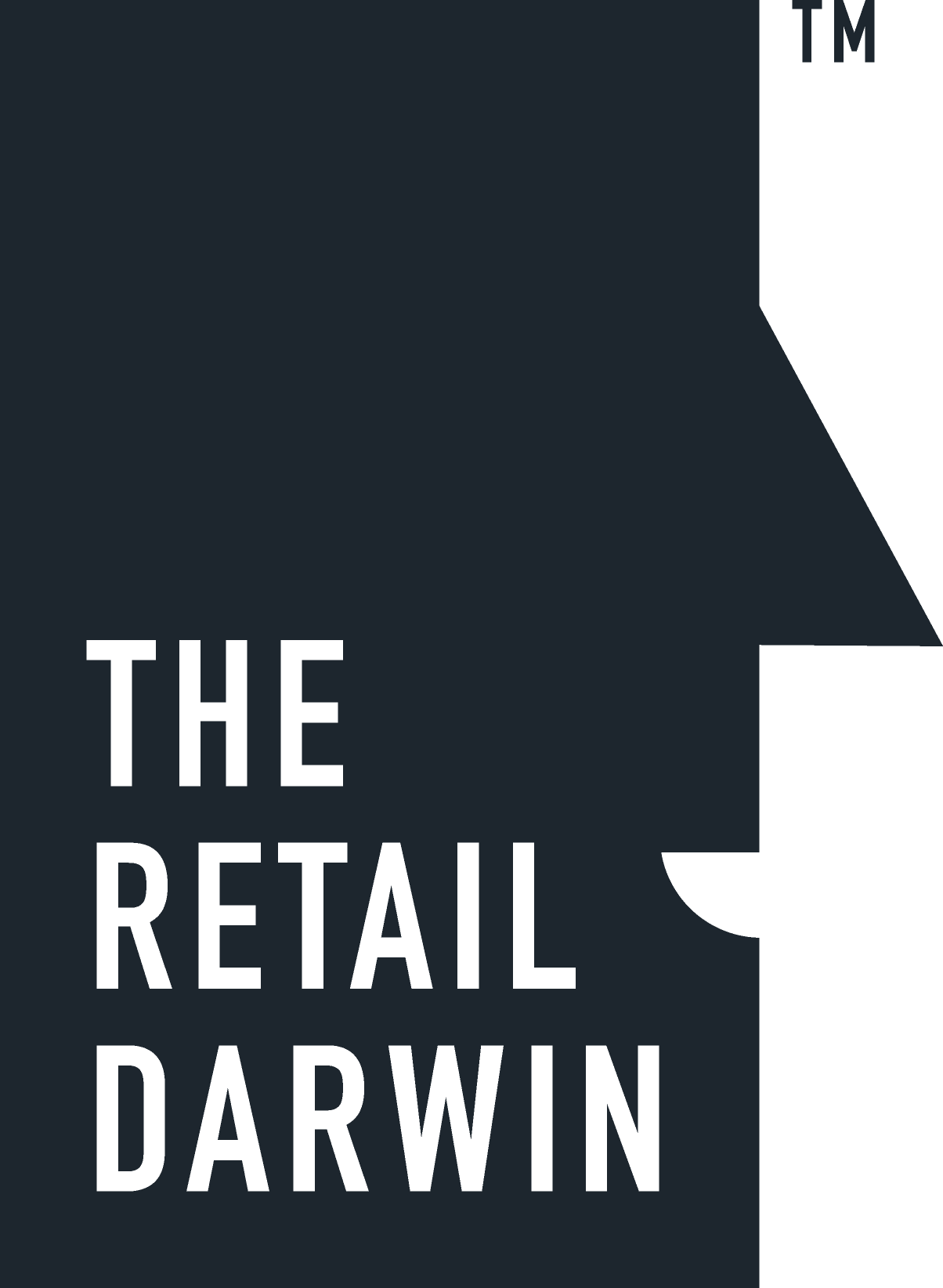A Smarter Toronto
Cities have a way to go before they are intelligent, but some are getting smarter.
Intrigued by the idea of neighborhoods using data to improve operations and solve urban problems, people have been trying to build the city of the future for more than 100 years. It looks like some cities have got a head start. Ranked as the world’s #4 livable city, Toronto is partnering with Alphabet’s Sidewalk Labs to build a smart, mixed-use community on its waterfront, beginning with the creation of Quayside.
The neighborhood is conceptualized to have shared driverless vehicles, robots sorting and hauling garbage as well as delivering mail in underground tunnels, and a system that can sense and monitor public activity from building occupancy to sewage flow rates, to how often a public trash bin is used. To execute the vision, Sidewalk approaches the concept of Smart Cities by drawing a parallel with smart phones: they serve as a platform provider responsible for offering basic tools and let third parties access the data and technologies to craft apps.
Toronto clearly has some skepticism to overcome. But if it can demonstrate that all-embracing data gathering and sharing really can enhance urban living, it could provide a model for smart cities globally. Sidewalk anticipates that 80 percent of the work on Quayside will involve third parties. The broader market for Smart City-related technologies is estimated to be worth $3.5 trillion by 2026.
Sources: MIT Technology Review (February 21, 2018) | The Wall Street Journal (April 16, 2017) | Persistence Market Research (Smart Cities Market) | Image: Laura Pittaccio


